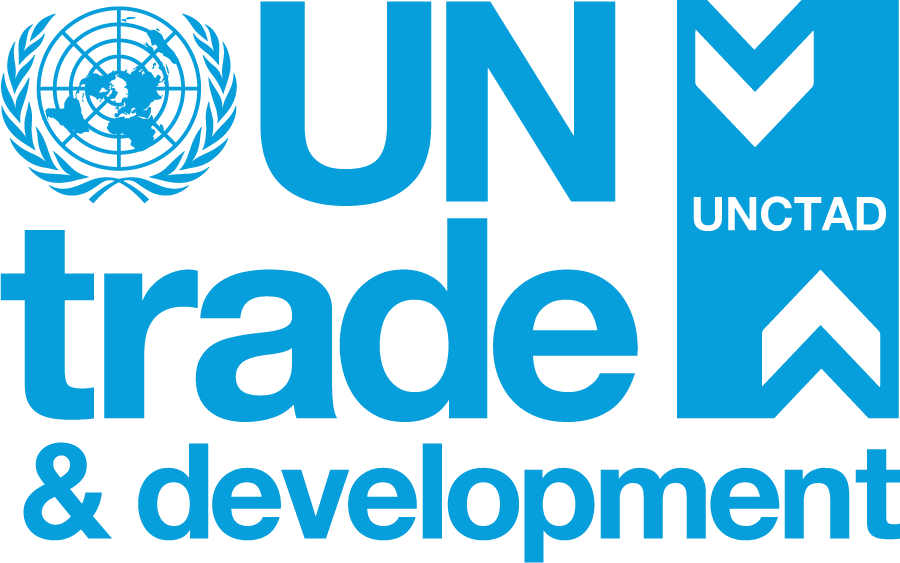In 1996, global flows of foreign direct investment (FDI) increased for the fifth consecutive year, amounting to nearly US$350 billion (US$325 billion in 1995). The global stock of FDI climbed to about US$3.2 trillion, double its level of three years earlier. The 1996 data confirms two fundamental trends: cross-border mergers and acquisitions are increasingly the principal driving force behind FDI; and, developing countries are increasingly significant players in FDI flows - as recipients and investors.
FDI inflows increased by 10 per cent in 1996 to US$349 billion, while outflows rose by a modest two per cent to US$347 billion (annex table 1 and annex figure 1). Although the increases in overall FDI flows were significantly down on 1995, when inflows rose by 33 per cent and outflows by 35 per cent, they extend the latest upswing which began in 1992.
Flows into developed countries - US$208 billion in 1996, compared with US$206 billion in 1995 (annex figure 2) - were virtually stagnant. Flows into Central and Eastern Europe declined somewhat, after more than doubling in 1995, but still remained, with US$12 billion, twice as large as in 1994.
However, the biggest change was represented by inflows into developing countries which rose last year by one third to a new record of US$129 billion. Developing countries´ share of total world inflows thus climbed to 37 per cent, up from 30 per cent in 1995.
In the other direction, a limited number of developing countries emerged as significant investors abroad, bringing the share of the developing world in global FDI outflows in 1996 (US$51 billion) to 15 per cent of the total.
The value of cross-border mergers and acquisitions (M&As), including minority-held transactions classified as portfolio investments, reached a record of US$275 billion, or 79 per cent of global FDI inflows, in 1996. Majority-held transactions alone were worth US$163 billion, or 47 per cent of global inflows. There were 45 M&A deals worth more than US$1 billion in 1996, most of them in the developed world. The continuing boom in FDI thus reflects the further expansion of cross-border operations by transnational corporations (TNCs) in response to continued liberalization as well as economic growth in much of the world.
Out of the 114 changes that were made in the FDI laws of 65 countries in 1996, 98 were in the direction of liberalization (annex table 2). For the period 1991-1996 as a whole, only 27 out of a total of 599 FDI law changes went in the direction of greater control. However, more than half of those more restrictive measures took place last year.
FDI, and the total sales and assets of the almost 280,000 foreign affiliates of the roughly 44,000 TNCs active worldwide, grew faster in 1996 than the value of world gross domestic product and exports. Consistent with the pattern set during the past few years, this out-performance provides further evidence that FDI is playing a leading role in accelerating the integration of the world economy and re-shaping the structure of international business.
A detailed breakdown and analysis of FDI flows between individual regions and countries will be provided in the World Investment Report 1997, to be released by UNCTAD in September. This year´s edition will examine the relationship between FDI, market structure and competition, as well as the policy implications that arise out of this relationship for competition policy.
Since its launch in 1991, the World Investment Report has established itself as the most comprehensive and authoritative guide to trends and developments in FDI.


